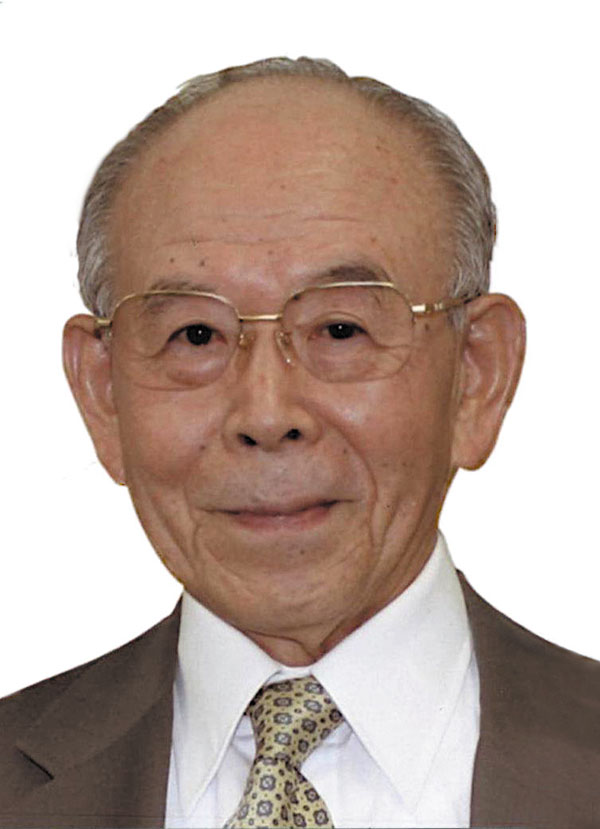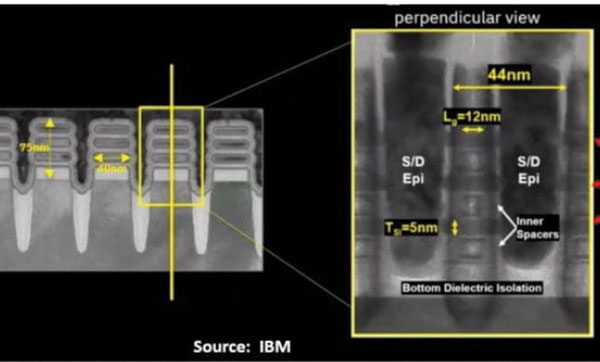An interview with Colombia’s largest EMS company.
Colombia is the 28th largest country by population and the 38th largest by nominal GDP. Residing as South America’s connection into Central America, it is in the same time zone as the Eastern US during daylight saving time.
Invertronica was founded in early 2003 in Colombia and includes several companies involved in the design, prototyping and manufacturing of electronics products. Those companies include Tecrea, an electronics design and engineering unit; LosComponentes.com.co, a parts distributor, and Colcircuitos, the largest EMS company in Colombia. It can move fast: 24 hours from design to assembly.
To continue reading, please log in or register using the link in the upper right corner of the page.
A look back at friends and colleagues who left us in 2021.

Semi genius - Akasaki
Isamu Akasaki, 92, Japanese physicist invented the first efficient blue LED and shared the 2014 Nobel Prize in physics.
Robert “Bobby” Baker, 60, Sanmina/SCI senior buyer.
To continue reading, please log in or register using the link in the upper right corner of the page.
A new study reveals emerging applications for attaching very-fine-pitch parts using low-temp methods.
Electrically conductive adhesives (ECAs) have been touted for decades as a potential replacement for solder. Technology roadmaps by organizations ranging from IPC to the Surface Mount Council often listed ECAs as a “coming” technology, and scores of papers have been presented highlighting possible uses and likely end-products.
In early October, the international research firm IDTechEx released a new study called “Electrically Conductive Adhesives 2022-2032: Technologies, Markets, and Forecasts.” Matthew Dyson, Ph.D., a senior technology analyst at IDTechEx specializing in printed, organic and flexible electronics, spoke with Mike Buetow about the study’s findings.
To continue reading, please log in or register using the link in the upper right corner of the page.
By concentrating heat onto the part, the BGA avoids excessive temperature.
Recently, a customer asked if we could remove a valuable BGA from an existing circuit card assembly. About 1,000 of these BGAs could be removed. Our customer is a reclamation company, and they planned to resell the BGAs, which could fetch upwards of $400 each because of the current chip shortage.
The BGA itself is an older version of the Intel Altera family of products (FIGURE 1). While deemed obsolete by the manufacturer, the part is certainly usable, and due to the chip shortage, our customer might understandably obtain a good price for these older parts, which can be used as replacements for newer models.
To continue reading, please log in or register using the link in the upper right corner of the page.
A new platform for streamlining procurement takes shape.
Supply chain has been the story of the past year, and a new face to the industry proposes to help resolve that by connecting electronics engineers with printed circuit board assemblers.
Vincent Bedát is a mechanical engineer and recent MBA graduate of the MIT Sloan School of Management. He is also founder of a San Francisco-based startup called Volthub. I came across Volthub as part of an announcement of the finalists for the MIT $100K Entrepreneurship Competition. That program has various aspects to it, but in short it’s a way to match early-stage teams with industry experts and entrepreneurs, and perhaps gain some seed money along the way. Some of the companies that have been part of the competition over the years include HubSpot and Akamai Technologies.

Vincent Bedát
Bedát hails from Zurich, Switzerland, where he also studied, graduating with a master’s in mechanical engineering from ETH Zurich. He then went on to work at the robotics startup Synapticon in Stuttgart, Germany, as a mechanical engineer and eventually project manager.
To continue reading, please log in or register using the link in the upper right corner of the page.
Updates in silicon and electronics technology.
Ed.: This is a special feature courtesy of Binghamton University.
IBM announces 2nm GAA-FET technology. IBM announced its 2-nanometer CMOS technology, developed at its Albany research center. The development has technical firsts: the use of bulk Si wafers with bottom dielectric isolation under the nanosheet stack; reducing leakage and enabling 12-nnm gate lengths; a second-generation inner spacer dry process for precise gate control; FEOL EUV patterning to allow nanosheet widths from 15 to 70nm; and a novel multi-Vt scheme. This technology is expected to give a 45% performance boost or 75% power reduction, compared with the 7nm. (IEEC file #12324, Semiconductor Digest, 6/11/21)

Light-based method creates 2-D polymer. Linköping University researchers developed a method that uses light to manufacture 2-D polymers that have the thickness of a single molecule and could create a path for the development of ultra-thin, functional 2-D materials with highly defined crystalline structures. Using an on-surface photo-polymerization process, they tested a way to manufacture a 0.5nm-thick, 2-D polymer consisting of several hundred thousand molecules identically linked. The two-step method takes advantage of the self-organizing properties of fluorinated anthracene triptycene molecules. Because the polymerization takes place in a vacuum, the material is protected from contamination. The 2-D polymer film is stable under atmospheric conditions. (IEEC file #12370, Photonics Spectra, 7/14/21)
To continue reading, please log in or register using the link in the upper right corner of the page.
Press Releases
- Tagarno Sees Strong US Sales Growth in 2025, Driven by T50 and Software Demand
- Kimball Electronics Sets Date for Ribbon-Cutting at New Indianapolis Medical Manufacturing Facility
- Nordson’s SELECT Synchro Selective Soldering System Helps Kamstrup Advance Automation, Increase Output 20%, and Reclaim 6 Meters of Factory Floor Space
- Pinnacle Technology Group, Now PTG Electronics, Launches New Brand Identity, Strengthening Its Commitment to Innovation and Progress


